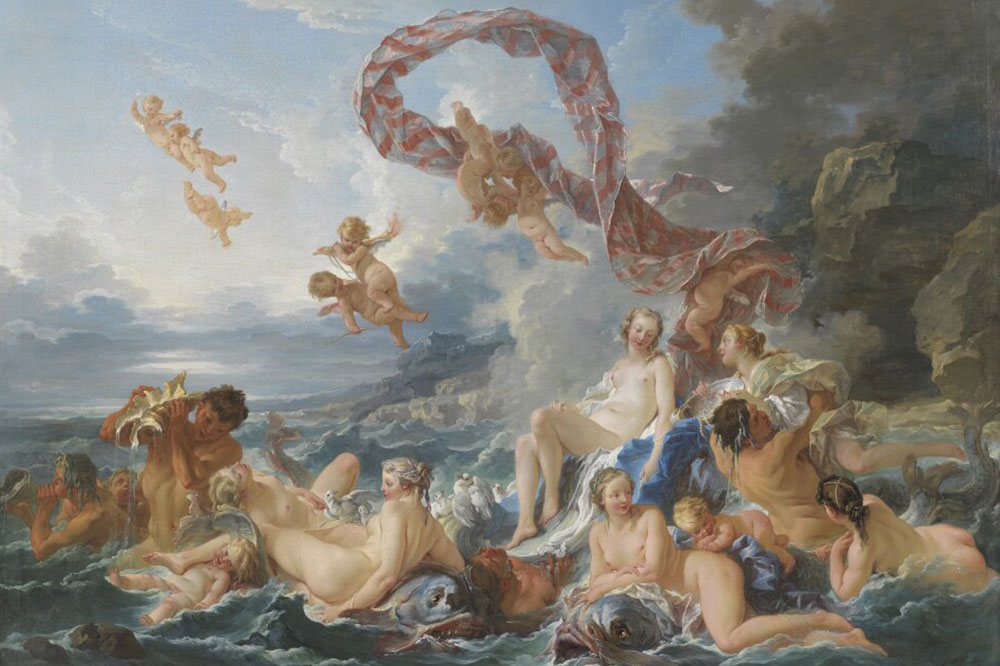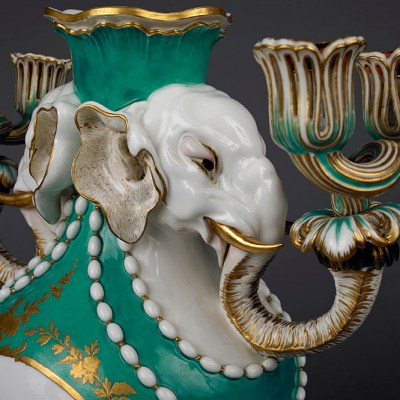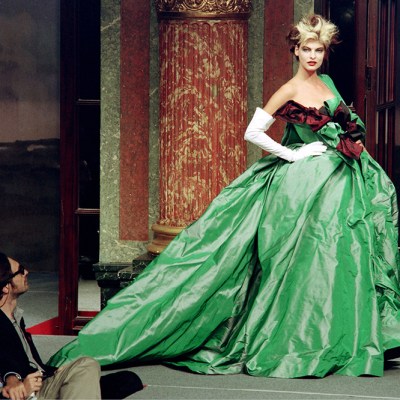 ‘Four things to see this week’ is sponsored by Bloomberg Connects, the free arts and culture app. Bloomberg Connects lets you access museums, galleries and cultural spaces around the world on demand. Download the app here to access digital guides and explore a variety of content.
‘Four things to see this week’ is sponsored by Bloomberg Connects, the free arts and culture app. Bloomberg Connects lets you access museums, galleries and cultural spaces around the world on demand. Download the app here to access digital guides and explore a variety of content.
Each week we bring you four of the most interesting objects from the world’s museums, galleries and art institutions, hand-picked to mark significant moments in the calendar.
Characterised by its excess of ornament, rococo was a style with which artists could revel in being over the top. Evolving out of the baroque, it first became popular in France in the 1720s and was the dominant aesthetic until the straight lines and symmetry of classicism took over in the 1780s.
Rococo takes its name from rocaille, the French word for rock or broken shell – natural motifs that denoted the decoration on artificial grottoes at the time. The shapes the term invoked also hinted at the curves and curlicues that broke with the strict classicism that pre-dated the early baroque. The style soon spread beyond France to define both the fine and the decorative arts in England – largely thanks to dissemination by Huguenots such as Paul de Lamerie who were fleeing the Catholic government in France – as well as those of Germany and Italy.
On the anniversary of the birth of François Boucher, one of the most celebrated painters working in the rococo period, we take a look at four works of art and objects that encapsulate this extravagant style.
The Triumph of Venus (1740), François Boucher. National Museum, Stockholm. Photo: Cecilia Heisser/Nationalmuseum
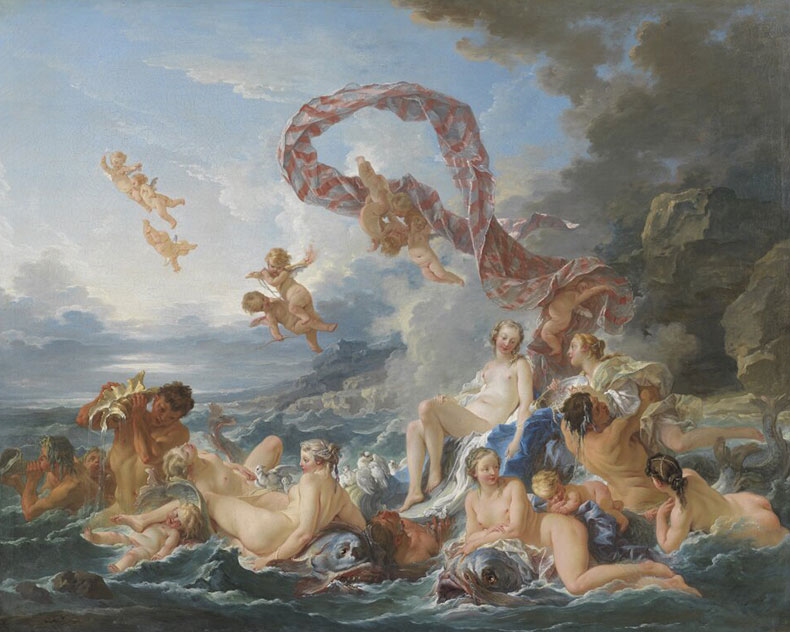
1. The Triumph of Venus (1740), François Boucher
National Museum, Stockholm
From the train of striped fabric trailing flamboyantly against the sky to the many pink-cheeked cherubs, this scene is quintessential rococo. At the centre is Venus, the goddess of love, sitting in a shell having just been born from the foam of the sea surrounded by dolphins, tritons and water nymphs. Click here to find out more.
Ostrich egg cup (1734), Benjamin Herfurth (goldsmith) and Johann Joachim Kändler (modeller). Green Vault, Dresden
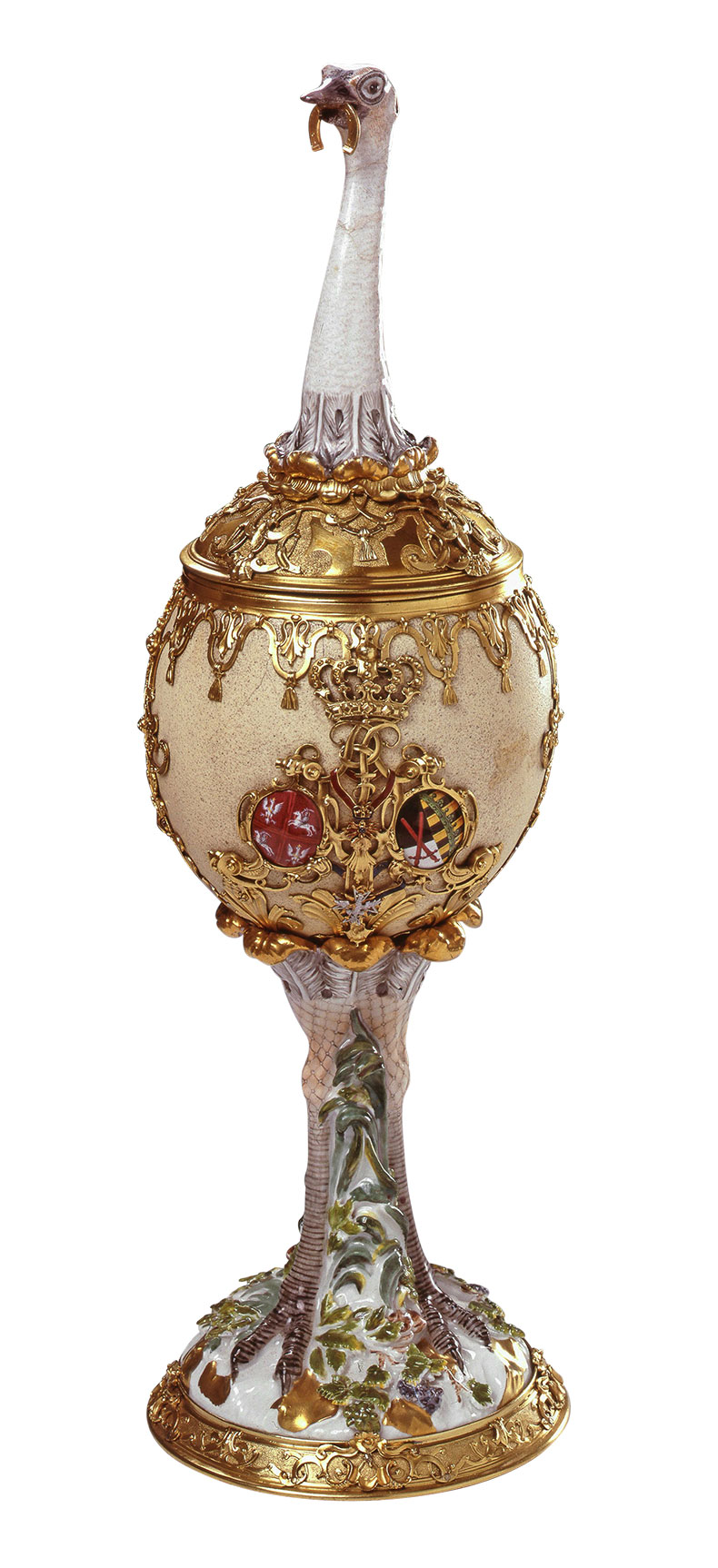
2. Ostrich egg cup (1734), Benjamin Herfurth (goldsmith) and Johann Joachim Kändler (modeller)
Green Vault, Dresden
Dresden’s Green Vault houses the many baroque and rococo treasures of Augustus the Strong in a series of gilded – and air-locked – rooms. The ‘hall of precious objects’ includes this elaborate drinking vessel made from an ostrich egg enclosed in gold-plated silver and topped with a porcelain sculpture by Johann Joachim Kändler, who was among the most significant modellers for the Meissen porcelain manufactory. Click here to find out more.
The Fountain of Love (c. 1785), Jean-Honoré Fragonard. Getty Center, Los Angeles
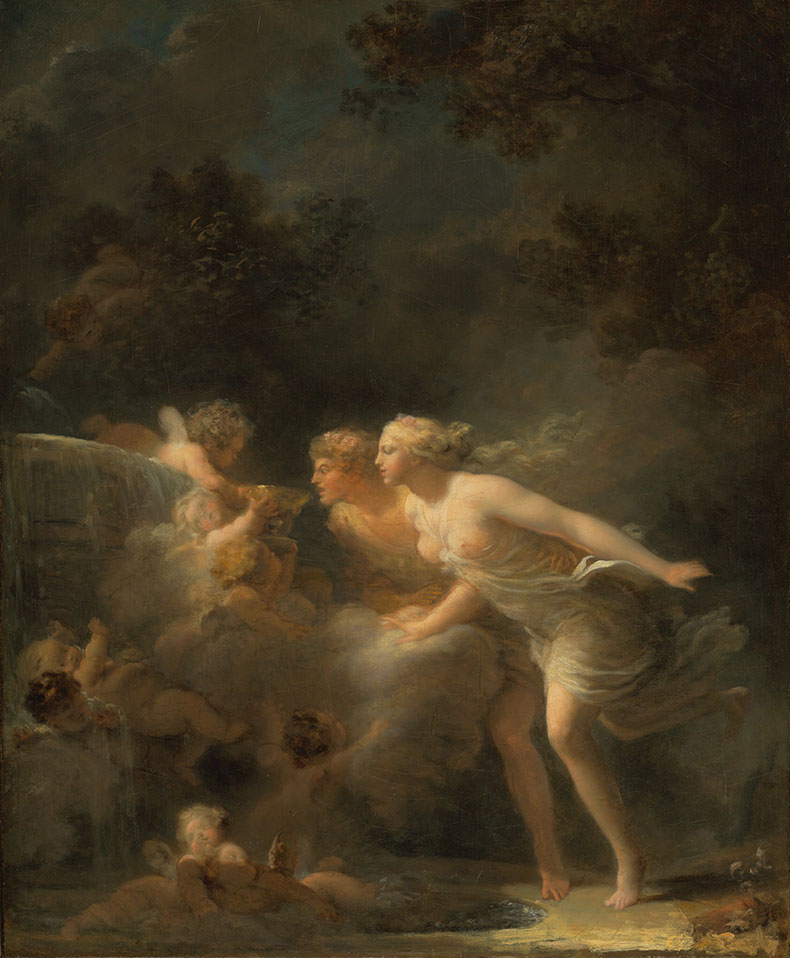
3. The Fountain of Love (c. 1785), Jean-Honoré Fragonard
Getty Center, Los Angeles
Two figures in classical dress are about to drink from the allegorical fountain of love: their hair and robes streaming behind them; their eyes focused on the promise of eternal love. As if conjured out of thin air this scene appears almost ephemeral, with its soft focus brushwork typical of rococo art. Click here to find out more.
Joseph Receiving Pharaoh’s Ring (c. 1730–35), Giovanni Battista Tiepolo. Dulwich Picture Gallery, London

4. Joseph receiving Pharaoh’s ring (c. 1730–35), Giovanni Battista Tiepolo
Dulwich Picture Gallery, London
In this painting, Tiepolo depicts the moment when Joseph, who had been sold into slavery by his jealous brothers, receives the gift of freedom after saving Egypt from famine, as recounted in the book of Genesis. While the work might not seem overtly rococo in style, hints of the movement’s love for luxury and scrolling curves can be detected in the sumptuous drapery and in details such as the pearls adorning the pharaoh’s silk turban and the soft curls of Joseph’s red hair. Click here to find out more on the Bloomberg Connects app.
Download now
![]() ‘Four things to see this week’ is sponsored by Bloomberg Connects, the free arts and culture app. Bloomberg Connects lets you access museums, galleries and cultural spaces around the world on demand. Download the app here to access digital guides and explore a variety of content or scan the QR code.
‘Four things to see this week’ is sponsored by Bloomberg Connects, the free arts and culture app. Bloomberg Connects lets you access museums, galleries and cultural spaces around the world on demand. Download the app here to access digital guides and explore a variety of content or scan the QR code.
